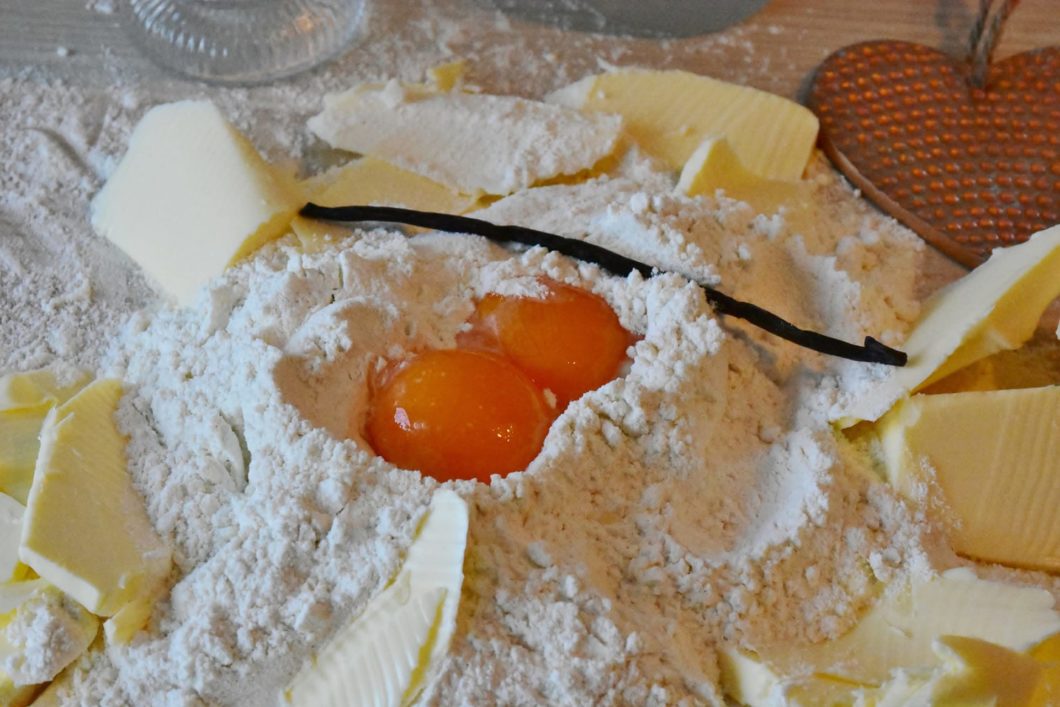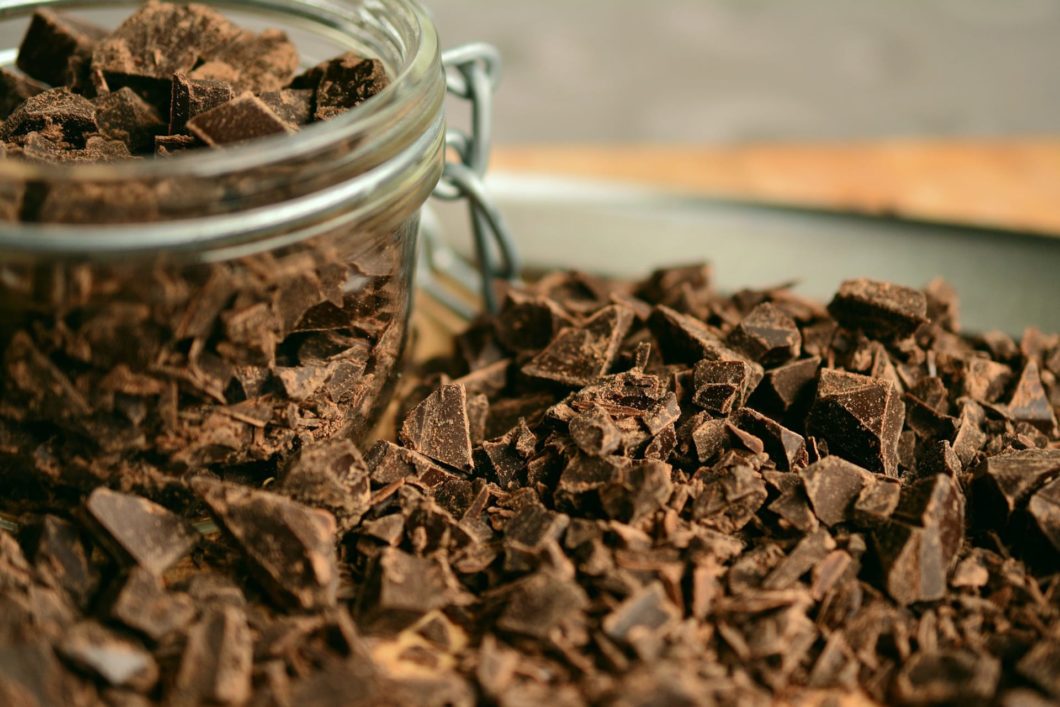Product development • Sugar is an amazing ingredient that not only adds sweetness. It also provides volume and bulk to your food. When you reduce sugar, a high-intensity sweetener can replace the sweetness. But what can replace the bulk?
Let’s start with a controversial statement: Sugar is an amazing ingredient. Not only does it add sweetness. It has lots of properties that can be useful in different contexts. But above all, sugar provides bulk. The bulk affects our dining experience and mouthfeel and is at least as important as the sweetness. But as we know, we should reduce sugar. We can replace the sweetness with a high-intensity sweetener such as steviol glycosides. But what can replace the bulk properties of sugar?
The problem
High-intensity sweeteners are just that: intensely sweet. Steviol glycosides, which are extracted from the leaves of the plant stevia, are 300 times sweeter than sugar. Just a little more than three grams of steviol glycosides is needed to replace the sweetness from a full kilogram of sugar. And therein lies the problem. What should the other 997 grams be replaced with?
Bulk sweeteners
One solution is to replace sugar with a sweetener that provides bulk. Some of them are less sweet than sugar and need the support of a high-intensity sweetener, while others are about as sweet as sugar.
But all common bulk sweeteners – glucose syrup, glucose-fructose syrup, isoglucose and invert sugar – contain at least as many calories and have as much, if not greater, effect on blood sugar levels than sugar. So this solution is out of the question.
Replace sugar with fat?
Fat can provide volume in food. And it’s also a source of good taste and mouthfeel.
But of course, fat is also out of the question. More fat equals more calories and the whole point of sugar reduction is to reduce the number of calories.

What about thickeners?
What about thickeners, stabilizers and gelling agents? Are they of any use?
Thickeners and the like can be dissolved or atomized in water to obtain a viscous solution or gel. Take locust bean gum for example. It swells eight times in water. Perfect for making thin-liquid products, such as ketchup, more viscous.
But if you replace the bulk that sugar provides with a thickening agent, you will end up with a sticky and disastrous mouthfeel.
Sugar alcohols and dietary fibres
What other alternatives are there? Sugar alcohols and dietary fibres of course!
Sugar alcohols come in different forms and they all have their advantages and drawbacks. They are relatively low in calories at 2.4 kcal per gram (erythritol has 0 kcal / g) and most have modest effects on blood sugar levels. In addition to proper bulk properties, they also provide some sweetness – ranging from 50 to 90 per cent compared to the sweetness of sugar.
Then we have different sorts of fibres. They also come in different forms with different strengths and weaknesses. Fibres also provide bulk and some fibres also have some sweetness. Just like sugar alcohols, fibres are relatively low in calories.
Let’s take a closer look at some of the sugar alcohols and fibres used in the food industry.

Useful Sugar Alcohols
There are some sugar alcohols to choose from, but some of the most useful are erythritol, maltitol and sorbitol.
Erythritol is distinguished by not providing any calories at all. It also has no effect on blood sugar levels; the glycemic index GI is 0 (sugar has 92). The sweetness is moderate (60–70 per cent of the sweetness in sugar) and erythritol has a cooling effect in the mouth which is not always desirable. Erythritol fits well in chewing gum, ice cream and yoghurt where the cooling effect is not felt or may even be desirable.
Maltitol has a sweetness between 80 and 90 per cent of the sweetness found in sugar. It is among the best in that regard. The GI value of 49 is however among the worst. On the other hand, maltitol has no cooling effect in the mouth, unlike most sugar alcohols. Maltitol fits well in ice cream, but also in chocolate products, thanks to its high melting point which prevents the chocolate from clumping.
Sorbitol is one of the cheaper sugar alcohols and the sweetness is not very impressive (50–60 per cent of sugar). However, sorbitol is hygroscopic which means that it can absorb and retain moisture from the environment. In this way, your food will have a long shelf life and will not dry out. Sorbitol fits well in sauces, ice cream, jams and chewing gum.
Which sugar alcohol is best? There is no clear answer to that question. It depends on what you are going to use it for.
Appropriate fibres
There are many conceivable fibres, but these four are more suitable than others:
Isomaltooligosaccharides (IMO) is a dietary fibre derived from the cassava root. IMO can withstand heat and provide that brown hue (Maillard reaction) that we like to see on pastries. Therefore, IMO is well suited for baking, but also for cereals, cakes, biscuits and various forms of juices and beverages.
Polydextrose is another good fibre. It’s a stable ingredient that can withstand heat, acidic environments and enables products with a long shelf life. Polydextrose fits well in a variety of foods; everything from sweets and pastries to dressings, marmalades and dairy products. In addition, polydextrose is relatively gentle to the stomach, unlike other fibres.
Dextrin is a stable fibre that can withstand heat and is resistant to high as well as low pH values. Dextrin provides low viscosity which can be a positive thing if you want bulk but don’t want your product to be viscous. Dextrin is a good fit for pastries and dairy products, but often needs the company of other fibres.
Inulin is a versatile fibre that is good at masking the off-tastes that can be found in steviol glycosides. However, inulin does not tolerate low pH values; then inulin is broken down to fructose. Inulin fits well in dairy products, fruit preparations and chocolates.
Compared to sugar alcohols, fibres have an ace up its sleeve. Consumers have a favourable attitude towards fibres. They generally regard it as something positive and healthy. So if you replace the bulk of the sugar with fibres, you are at the same time able to market the food as fibre-enriched. Not bad!
Not without drawbacks
Sugar alcohols and fibres are indispensable ingredients in reducing sugar. But they are not without problems. Both ingredients will upset your stomach if you consume excessively. This is partly due to the fact that they bind fluid in the large intestine, which in case of excessive consumption leads to upsetting the stomach, and partly that they are a treat for the beneficial bacteria of the large intestine, which in the case of excessive consumption leads to flatulence.
Add to this that you must disclose the laxative effect if your product contains more than ten per cent sugar alcohol. That sort of labelling may not be overly thrilling to have on your products.
Therefore, in products with a lot of sugar, it may be inappropriate to replace the entire lost bulk with sugar alcohols and fibres.
The solution
For some applications, we have to accept that sugar cannot be replaced entirely. And that may not even be the purpose. The purpose of sugar reduction is to reduce the amount of added sugar – for health benefits. Not necessarily to completely replace sugar. And with the right combination of sugar alcohol, fibres and a high-intensity sweetener, large amounts of sugar can be replaced without affecting taste or texture.
Not a simple task
It’s not easy to choose the right combination of sugar alcohol, fibre and high-intensity sweetener. You need to get the right proportions and know how much sugar is appropriate to reduce in this way. There are many aspects to consider.
If you are going to make a full-bodied cake that does not dry out, you’ll need a hygroscopic sugar alcohol like sorbitol. But sorbitol is the sugar alcohol that is worst for the stomach, so you have to be extra careful about the dosage and keep in mind that too much fibre can make the situation worse. At the same time, you need polydextrose to get that lovely brown surface.
If you’re a chocolate producer, maltitol can come in handy, thanks to its high melting point. To keep the sweetness, you preferably add stevia extract. But it has a liquorice-like off-taste that needs to be masked. You can do that with inulin which also provides bulk.
These are just two examples. We could keep on going. The point is that it takes both specialist knowledge and long experience to succeed (unless you want to run the trial and error method forever). If you lack this expertise we can help you.
Please, share this article if you liked it.
[et_social_share]






